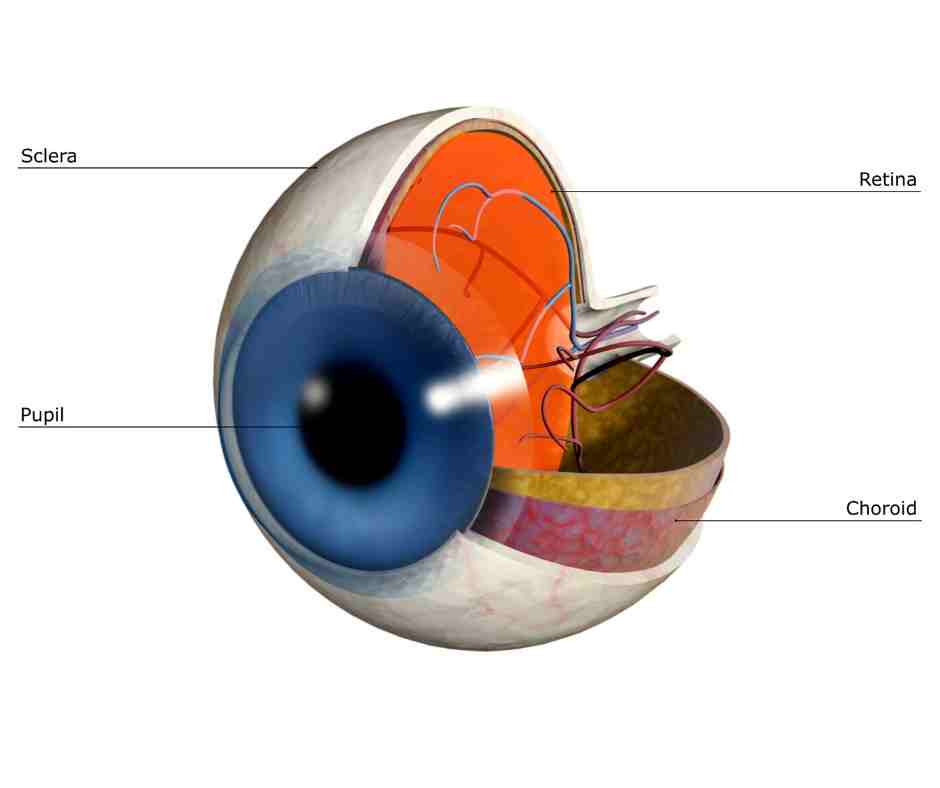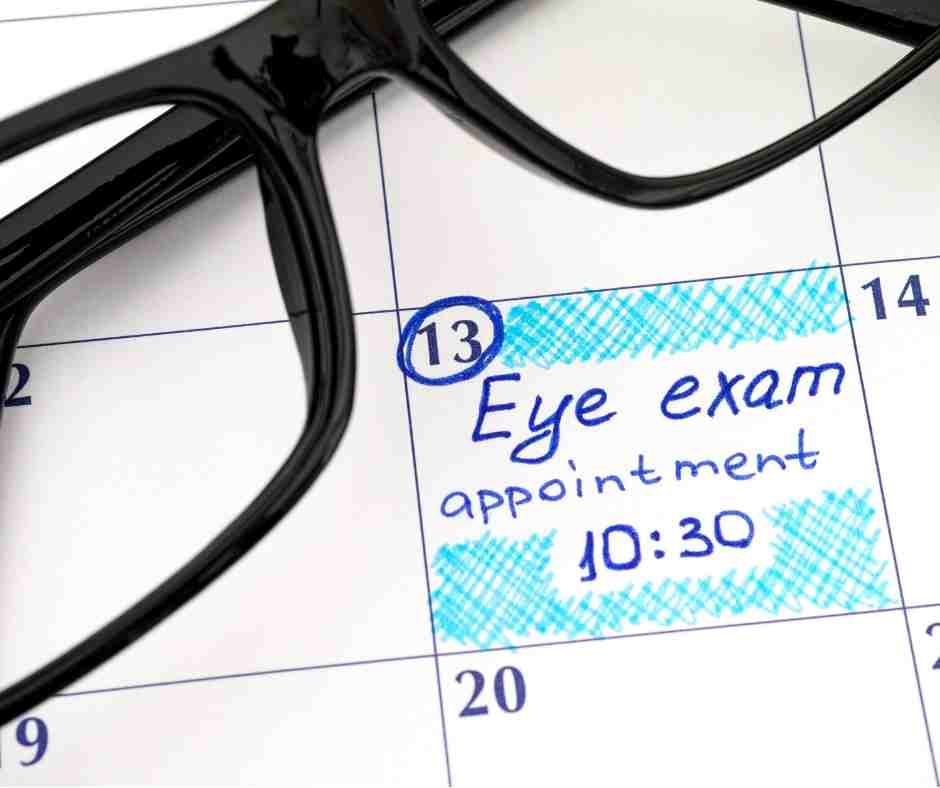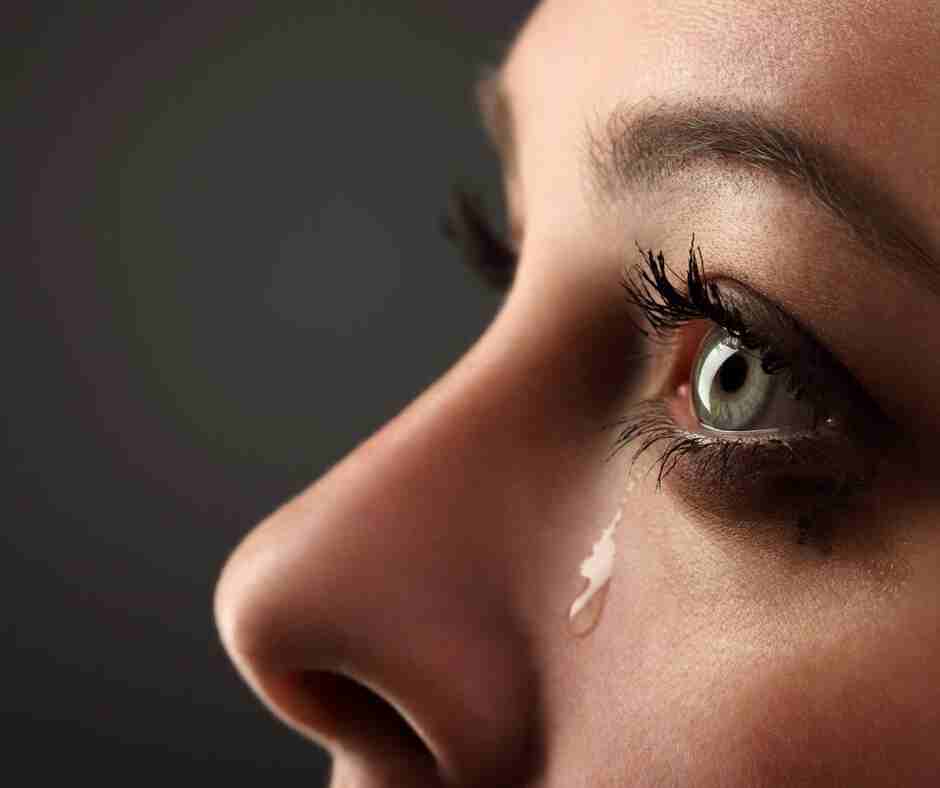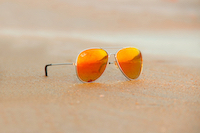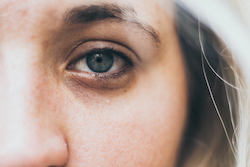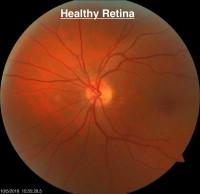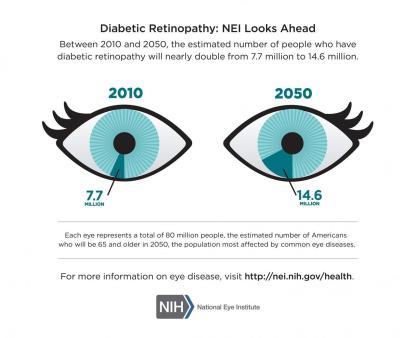
Have you ever wondered why the sky is blue for most of the day, but at sunrise and sunset it has a red or orange hue to it? Maybe this is something that only we vision nerds think about. Either way, this week we hope to explain this phenomenon for you.
Light travels in waves. Like the ocean moves in waves to the shoreline, light travels in electronic and magnetic waves through the air. These waves of light come in various wavelengths. These different wavelengths represent different colors on the visible light spectrum. Think of the colors of a rainbow...maybe a good topic for a future blog. The shorter, higher energy waves are at the violet and blue end of the spectrum. The longer, lower energy waves are at the red and orange end of the spectrum.

